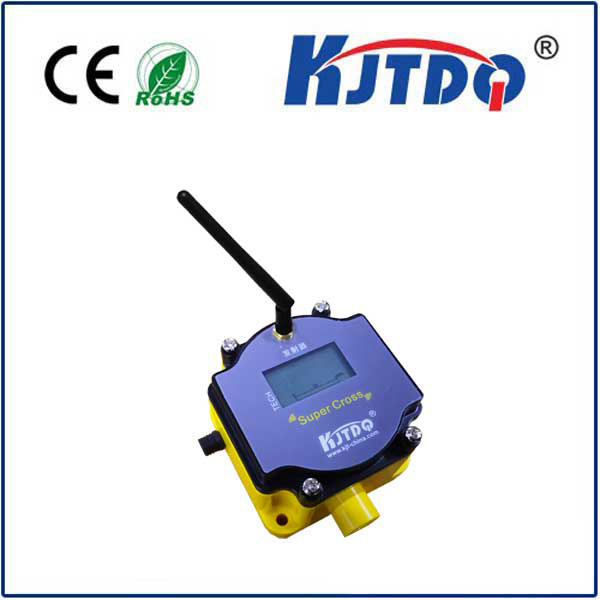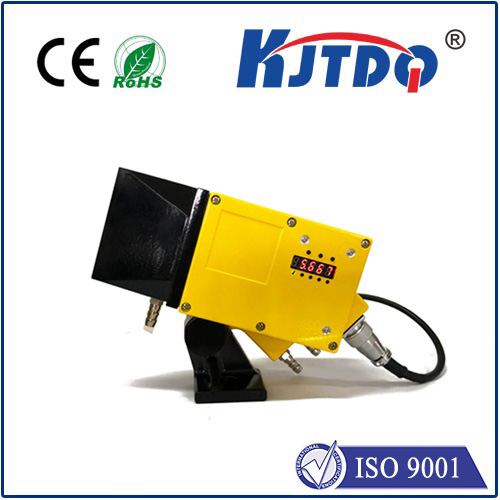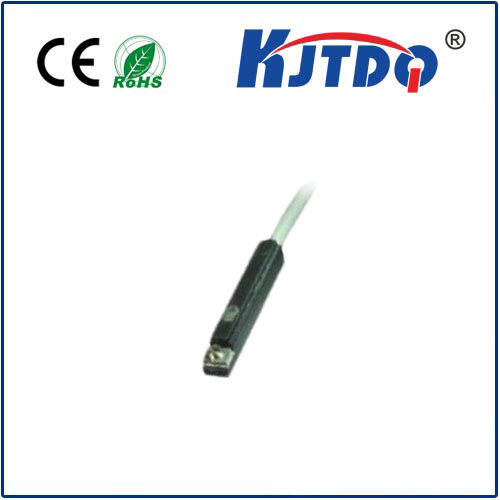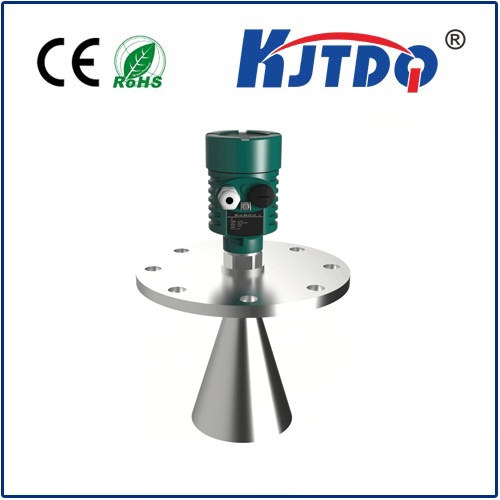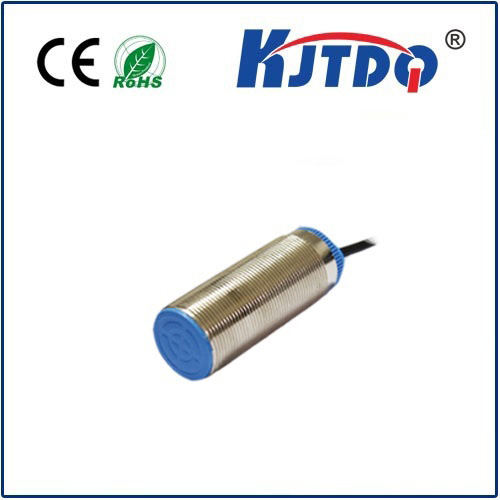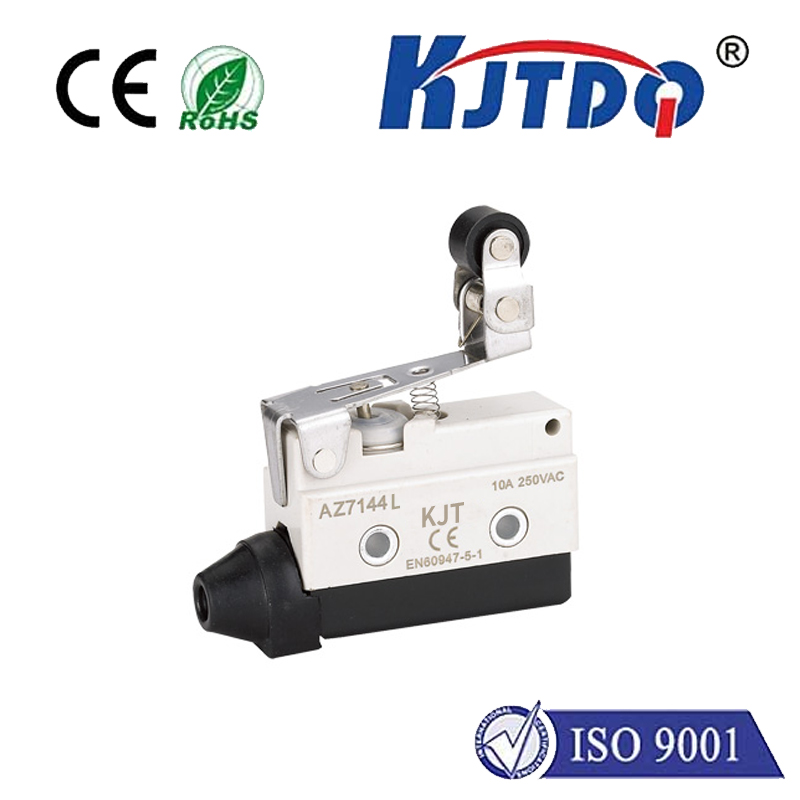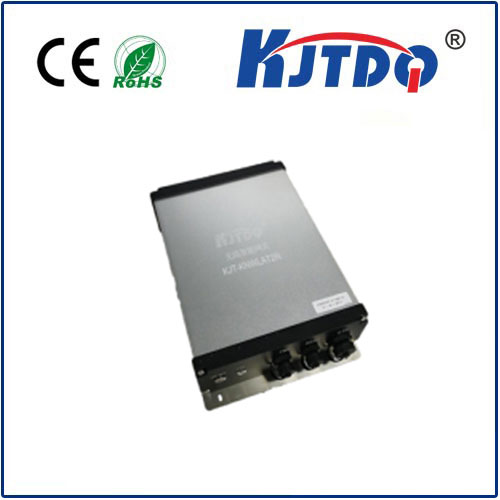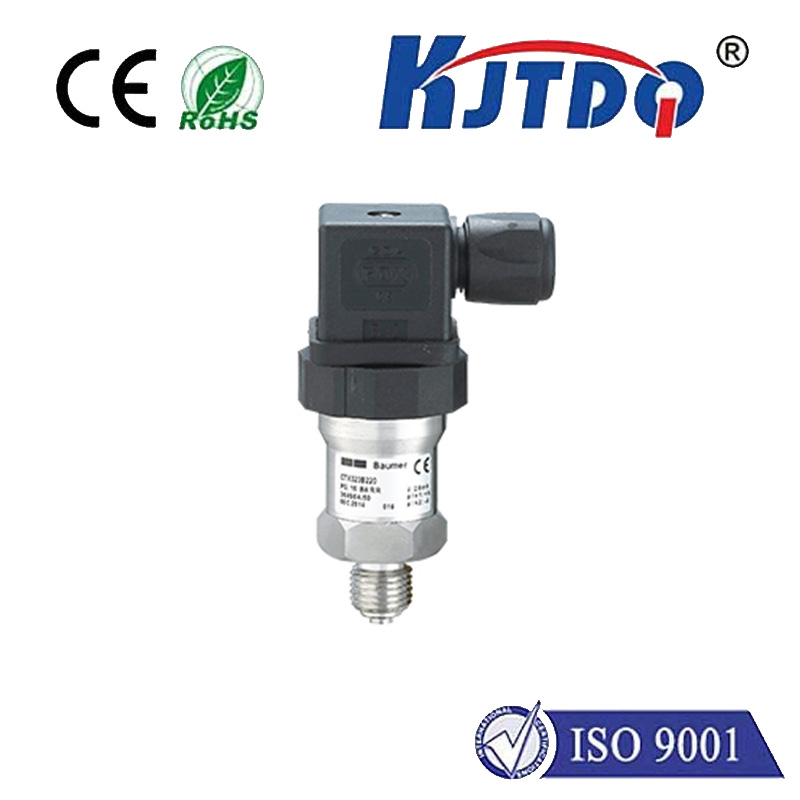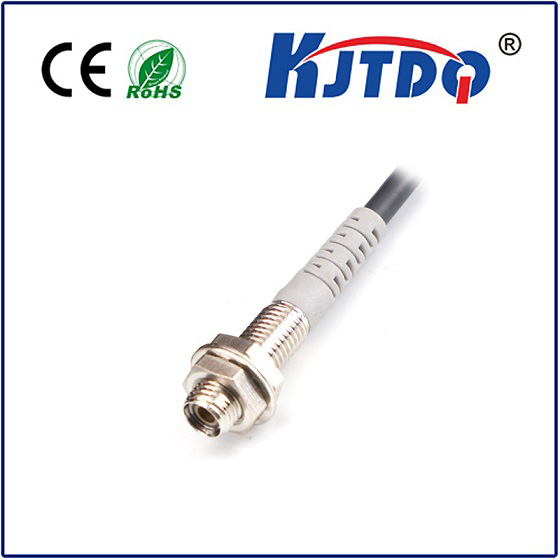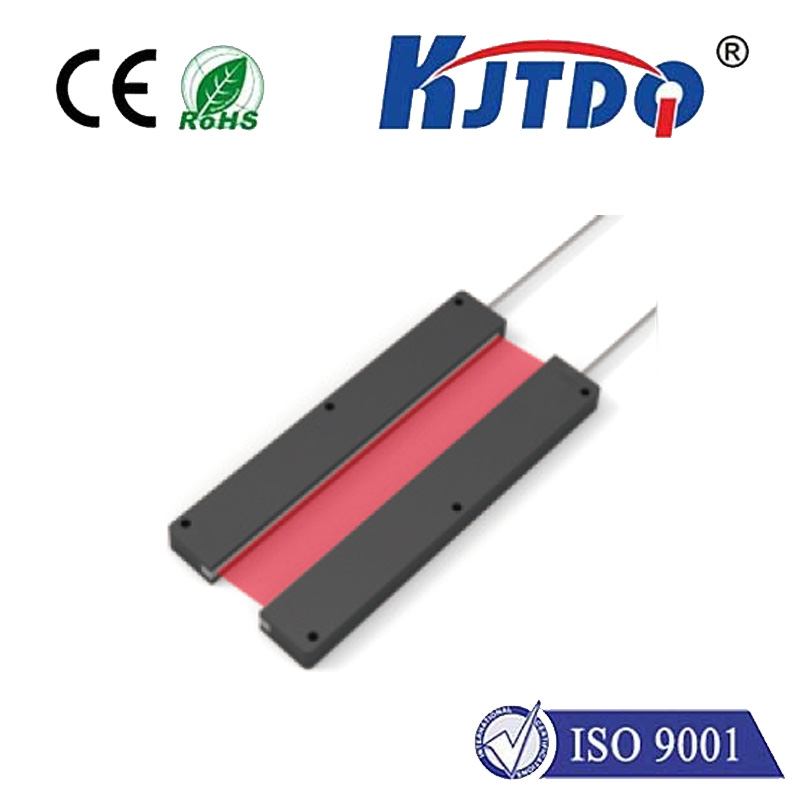ir adjustable proximity sensor
- time:2025-06-20 02:20:16
- Click:0
Unlock Precision Control: The Power of IR Adjustable Proximity Sensors in Modern Systems
Imagine a robot navigating a cluttered warehouse, effortlessly avoiding obstacles without a single touch. Picture a smartphone that instantly dims its screen when held to your ear. Envision a production line flawlessly counting bottles moving at high speed. Behind these seemingly intelligent actions often lies a crucial, yet often overlooked, component: the IR adjustable proximity sensor. This versatile technology, blending the principles of infrared light with user-configurable settings, is fundamental to countless automated and interactive systems where precise, non-contact detection is paramount.
What Exactly is an IR Adjustable Proximity Sensor?
At its core, an infrared proximity sensor is a device that detects the presence or absence of an object within its field of view without physical contact. It operates by emitting an invisible beam of infrared light (typically in the near-infrared spectrum, around 850-950 nm) and then measuring changes in the reflected light bouncing back from a target. The “adjustable” aspect refers to the capability of these sensors to have key operational parameters modified, primarily the detection range and the sensitivity threshold, to perfectly suit specific application requirements. Unlike fixed-range sensors, this adjustability makes them highly adaptable.
Core Components & Forward-Facing Detection:

A typical IR adjustable proximity sensor consists of three main elements:
- IR Emitter (LED): Generates the beam of infrared light directed towards the potential target area.
- IR Receiver (Photodiode or Phototransistor): Detects the intensity of the IR light reflected back from an object within its field of view. Its spectral response is tuned to match the emitter’s wavelength.
- Signal Processing Circuit: This is where the magic of adjustability happens. The circuit amplifies the weak signal from the receiver and compares it to a reference level (the sensitivity threshold). Crucially, this reference level and/or other parameters affecting detection range can be calibrated by the user.
Most standard IR proximity sensors are designed for forward-facing detection. The emitter and receiver are positioned side-by-side, usually within the same housing, pointing in the same direction. Objects directly in front of the sensor reflect the IR beam most effectively back to the receiver. Detection range is maximized when the target surface is perpendicular and reflective to IR light. Angles significantly off-axis or highly absorbent materials (like black velvet) reduce the effective range.
The Heart of Versatility: Understanding Adjustability
This is where IR adjustable proximity sensors truly shine, offering critical flexibility:
- Adjustable Detection Range:
- Purpose: To define the exact distance within which the sensor should reliably detect an object. This avoids false triggers from background objects or ensures detection only occurs at a specific point in a process.
- Mechanism: Adjustment often involves changing the gain of the receiver amplifier circuit or modifying the detection threshold voltage. Analog sensors might use potentiometers (“pots”) to tweak resistance, while digital models could use serial communication or push-button calibration.
- Application Example: In an assembly line, a sensor might need to detect a component exactly 50mm away. Adjustability allows fine-tuning to this precise distance, ignoring components further away or the conveyor belt itself.
- Adjustable Sensitivity:
- Purpose: To set the minimum level of reflected IR light required to trigger the sensor’s output. This compensates for variations in target reflectivity, ambient IR interference (like sunlight), or environmental factors (dust, minor sensor misalignment).
- Mechanism: Similar to range adjustment, sensitivity tweaks modify the threshold level that the received signal must exceed to register a detection. Higher sensitivity means the sensor triggers with a weaker reflected signal (good for dark targets or longer ranges on reflective targets). Lower sensitivity requires a stronger reflection (reducing false triggers from ambient light or distant objects).
- Application Example: Detecting dark plastic bottles against a lighter background. Increasing sensitivity ensures the sensor reliably detects the low-reflective black plastic. Conversely, near a window with strong sunlight, decreasing sensitivity minimizes false triggers caused by ambient IR.
Key Advantages of Adjustable IR Proximity Sensors:
- Versatility: A single sensor model can be deployed in diverse applications simply by adjusting its settings.
- Optimized Performance: Fine-tuning ensures reliable operation despite varying target materials, colors, environmental lighting, and required detection distances.
- Reduced False Triggers: Proper adjustment significantly minimizes unwanted activations caused by background objects or ambient conditions.
- Cost-Effectiveness: Eliminates the need to stock multiple fixed-range/sensitivity variants.
- Simplified Integration: On-the-fly adjustment simplifies initial setup and troubleshooting during system commissioning or maintenance.
Wide-Ranging Applications:
The ability to tailor performance makes IR adjustable proximity sensors invaluable across numerous sectors:
- Robotics & Automation: Collision avoidance (adjustable range for different safety zones), object detection for gripping, precise edge finding on conveyor belts (fine-tuned sensitivity for material differences).
- Industrial Machinery & Manufacturing: Position sensing of parts, counting objects, monitoring fill levels (adjust range to detect liquid vs. foam), detecting jams (sensitivity set to ignore small debris).
- Consumer Electronics: Smartphone screen on/off control during calls (high sensitivity required for various phone/hand positions), touchless faucets/sanitizers (range adjusted for optimal activation height), printers (paper jam detection, tray presence).
- Security Systems: Detecting approach to protected zones with precision, tamper detection on enclosures.
- Automotive: Parking assistance systems (fine-tuning effective range), interior occupancy detection for safety/comfort systems, automated trunk opening.
- Appliance Control: Hands-free operation of trash cans, soap dispensers, dryers (detecting load presence/density).
Why Choose Adjustable IR Over Other Options?
While ultrasonic, capacitive, and photoelectric sensors also offer proximity detection, IR adjustable proximity sensors provide a specific balance:
- vs. Ultrasonic: IR is generally faster, less affected by air currents, and more compact, but ultrasonic often has longer range and better performance on sound-absorbing materials. IR adjustability offers fine control for medium-range applications.
- vs. Capacitive: IR detects a wider variety of materials (not just conductive ones) and offers longer range, but capacitive sensors are superior for detecting materials through thin non-conductive barriers.
- vs. Fixed IR: The adjustable feature adds






